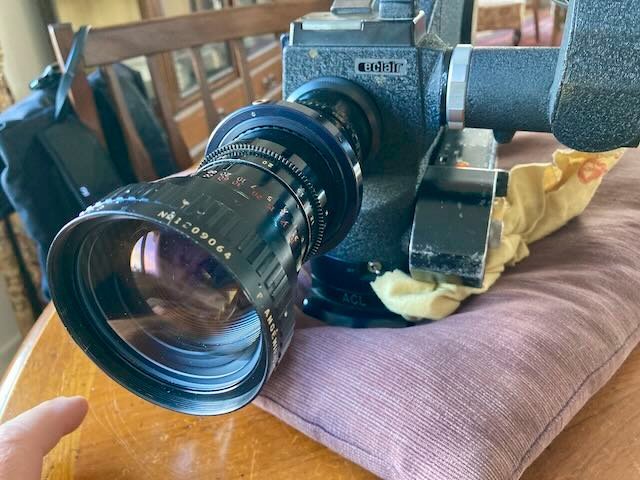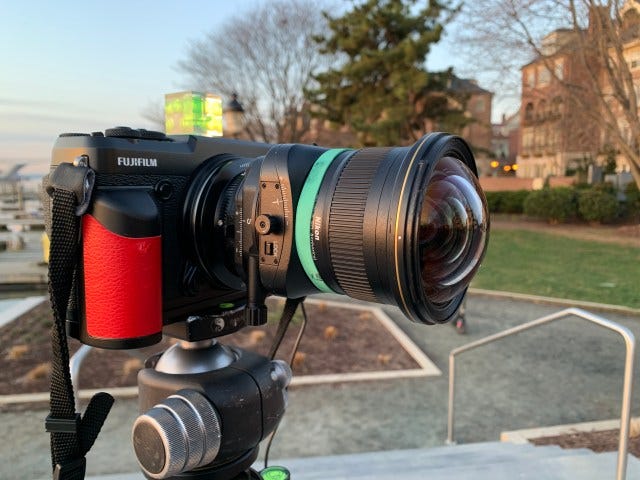
Art of Long Exposure Photography
Long exposure photography, a technique that involves extending the duration of a camera’s shutter to capture a scene over an extended period, transforms ordinary moments into extraordinary visual experiences. This art form, which can turn a bustling cityscape or a serene landscape into something otherworldly, offers both challenges and rewards. For those who appreciate patience and creativity, long exposure photography can be an incredibly rewarding pursuit.
Understanding Long Exposure Photography
At its core, long exposure photography involves keeping the camera’s shutter open for a longer time than usual. Instead of freezing a single moment, the camera captures a sequence of movements and changes over a period. This technique can range from a few seconds to several minutes or even hours, depending on the effect desired. The result is a photograph that often reveals elements of a scene that the human eye cannot perceive in a short glance.
The Basics of Long Exposure
To embark on your long exposure journey, you’ll need a few essentials:
- Camera: A DSLR or mirrorless camera is ideal due to their manual settings and high-quality sensors.
- Tripod: Stability is crucial since even the slightest camera movement can blur the image.
- Neutral Density (ND) Filter: This reduces the amount of light entering the lens, allowing for longer exposure times even in bright conditions.
- Remote Shutter Release: To avoid camera shake when pressing the shutter button.
Techniques and Tips
- Choose the Right Location: Consider environments where movement and light play a crucial role. For instance, the flow of water in a waterfall or the movement of clouds can be mesmerizing when captured with long exposure. Cityscapes, where traffic lights create trails, also make excellent subjects.
- Set Your Camera: Use manual mode to control exposure settings. Start with a small aperture (high f-number) to ensure a greater depth of field and avoid overexposure. Adjust your ISO to the lowest setting to minimize noise, and use a slow shutter speed to achieve the desired effect.
- Use a Tripod: Ensuring your camera is stable is essential to avoid blurriness. A sturdy tripod will keep your camera still, allowing the long exposure to be clear and sharp.
- Experiment with Shutter Speeds: Begin with shorter exposures, like 10-20 seconds, and gradually increase the time to see how it affects the image. Some scenes may only need a few seconds, while others might benefit from several minutes of exposure.
- Compose Your Shot: Plan your composition carefully. Long exposure can reveal new patterns and shapes, so think about how elements like light trails or flowing water will contribute to the overall image. Use leading lines and framing techniques to guide the viewer’s eye.
- Pre-visualize the Effect: Before taking the shot, visualize the final image. For example, if you’re photographing a busy street, imagine how the car lights will create trails. If you’re capturing a waterfall, envision the smooth, silky texture of the water.
Challenges in Long-Exposure Photography
While the results can be stunning, long exposure photography comes with its set of challenges:
- Lighting Conditions: Balancing light can be tricky. Bright daylight might require a strong ND filter, while low-light conditions may necessitate adjustments in exposure time.
- Camera Stability: Even slight vibrations or movements can ruin a long exposure shot. Ensuring your camera is on a stable surface is crucial.
- Focus: Autofocus may struggle in low light or with moving subjects. Manual focus is often preferred to ensure sharpness.
- Battery Life: Extended exposure times can drain your camera’s battery more quickly. Carry spare batteries, especially for longer sessions.
Post-Processing Tips
After capturing your long exposure photographs, some post-processing can enhance the final image:
- Noise Reduction: Long exposures can introduce noise, especially at higher ISO settings. Use noise reduction tools in software like Adobe Lightroom or Photoshop to clean up the image.
- Adjust Contrast and Brightness: Fine-tune the contrast and brightness to bring out the details and enhance the visual impact of your photo.
- Crop and Straighten: Crop out any distractions and straighten the image to improve composition and focus on the main subject.
- Enhance Details: Sharpen details and adjust clarity to highlight the effects of the long exposure, such as the smoothness of flowing water or the clarity of light trails.

Inspiring Examples
Long exposure photography has been popularized by numerous talented photographers. For instance, Michael Shainblum is known for his stunning long exposure images of the night sky, where stars and galaxies appear to swirl in mesmerizing patterns. Similarly, Benjamin Hardman captures the ethereal beauty of Icelandic landscapes, with water and clouds blending seamlessly into dreamy, surreal scenes.
Conclusion
The art of long exposure photography is a fusion of patience, technical skill, and creative vision. By extending the shutter speed, photographers can reveal hidden patterns and movements, transforming ordinary scenes into extraordinary works of art. Whether you’re capturing the dynamic energy of a cityscape or the serene flow of a natural landscape, long exposure photography offers endless opportunities for exploration and expression.
Embrace the challenges, experiment with techniques, and most importantly, enjoy the process of creating images that push the boundaries of time and perception. How did space photography help astronomers? Visit their webpage to find more info.




